How do you fertilize hydrangeas?
Donna
15 years ago
Featured Answer
Comments (13)
luis_pr
15 years agoostrich
15 years agoRelated Professionals
Eden Prairie Landscape Architects & Landscape Designers · Erie Landscape Architects & Landscape Designers · Roosevelt Landscape Architects & Landscape Designers · Waterbury Landscape Contractors · Aberdeen Landscape Contractors · Addison Landscape Contractors · Arlington Landscape Contractors · Bloomington Landscape Contractors · Lebanon Landscape Contractors · Mastic Beach Landscape Contractors · Palos Verdes Estates Landscape Contractors · Wallingford Landscape Contractors · Winchester Landscape Contractors · Glen Burnie Siding & Exteriors · Marion Siding & Exteriorsgardengal48 (PNW Z8/9)
15 years agorazorback33
15 years agoDonna
15 years agojazzmom516 (Zone 6b, MA)
15 years agogardengal48 (PNW Z8/9)
15 years agojeri3263_yahoo_com
12 years agogardengal48 (PNW Z8/9)
12 years agoPepprGrowr
9 years agomorz8 - Washington Coast
9 years agoHU-600619247
3 years ago
Related Stories
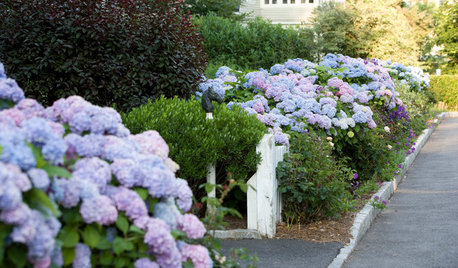
FLOWERSWhy You Should Give Hydrangeas a Place in Your Yard
The exuberant mop-headed beauties evoke dreams of an endless summer by the sea
Full Story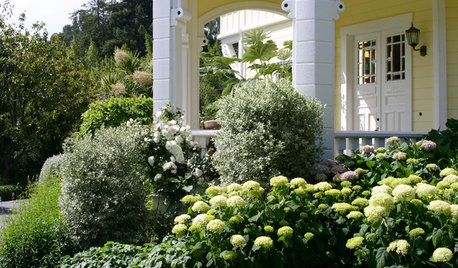
GARDENING AND LANDSCAPINGHave a Ball With Hydrangeas
Even if you don't tinker with the hue by changing the soil, hydrangeas have an entertaining range of uses in all kinds of landscapes
Full Story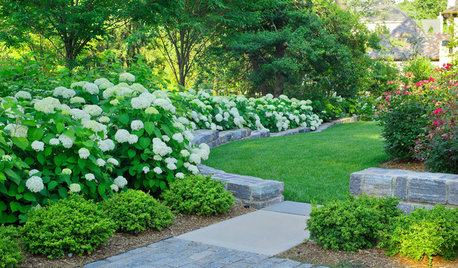
FLOWERS AND PLANTSHydrangea Arborescens Illuminates Garden Borders and Paths
This long-blooming eastern North American native shrub finds a home in landscapes around the world
Full Story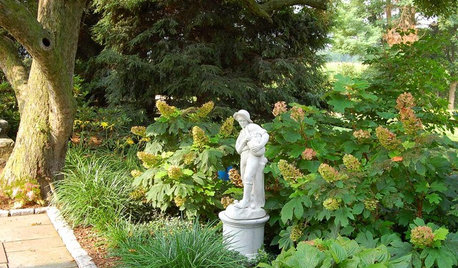
GARDENING GUIDESGreat Design Plant: Oakleaf Hydrangea
Consider this full, flowering shrub for year-round beauty in the garden as you plan your fall plantings
Full Story
GARDENING GUIDESCommon Myths That May Be Hurting Your Garden
Discover the truth about fertilizer, soil, staking and more to keep your plants healthy and happy
Full Story
GARDENING GUIDESCalifornia Gardener's June Checklist
Update your hydrangeas, catch up on tomatoes and more ways to enjoy your California garden in June
Full Story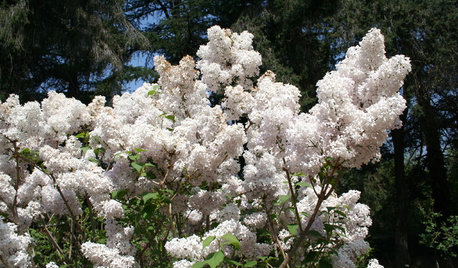
REGIONAL GARDEN GUIDESPacific Northwest Gardener: What to Do in April
Get ready for annual flowers and watch out for snails to ensure a bountiful garden now through summer
Full Story
FALL GARDENING5 Ways to Put Fall Leaves to Work in Your Garden
Improve your soil and yard the organic way with a valuable garden booster that grows on trees
Full Story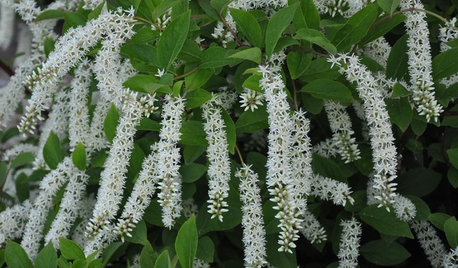
RED FOLIAGEGreat Design Plant: 'Little Henry' Sweetspire
Small in stature but big on impact, this fuss-free shrub promises spring flowers, fiery fall color and good manners in the garden
Full Story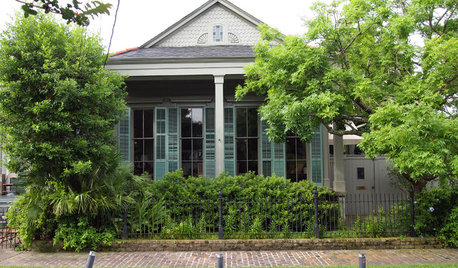
HOUZZ TOURSMy Houzz: Peek Inside an Artist’s Updated Shotgun Home and Studio
Gorgeous art and elegant style befit this New Orleans live-work property
Full Story





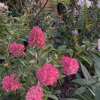
hayseedman